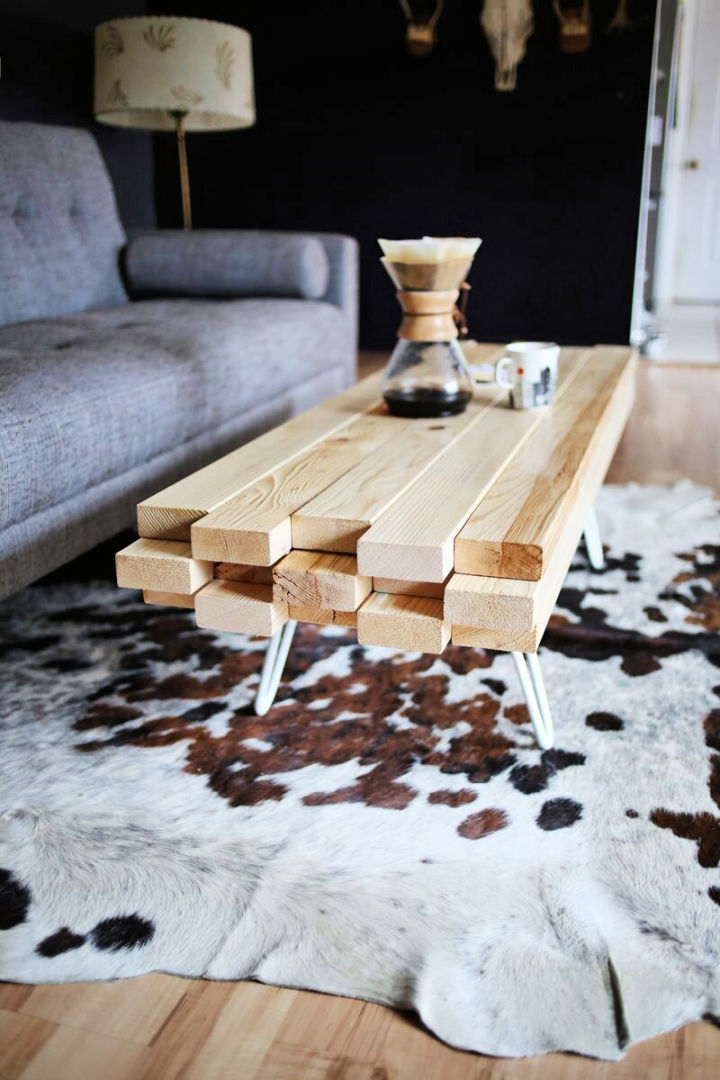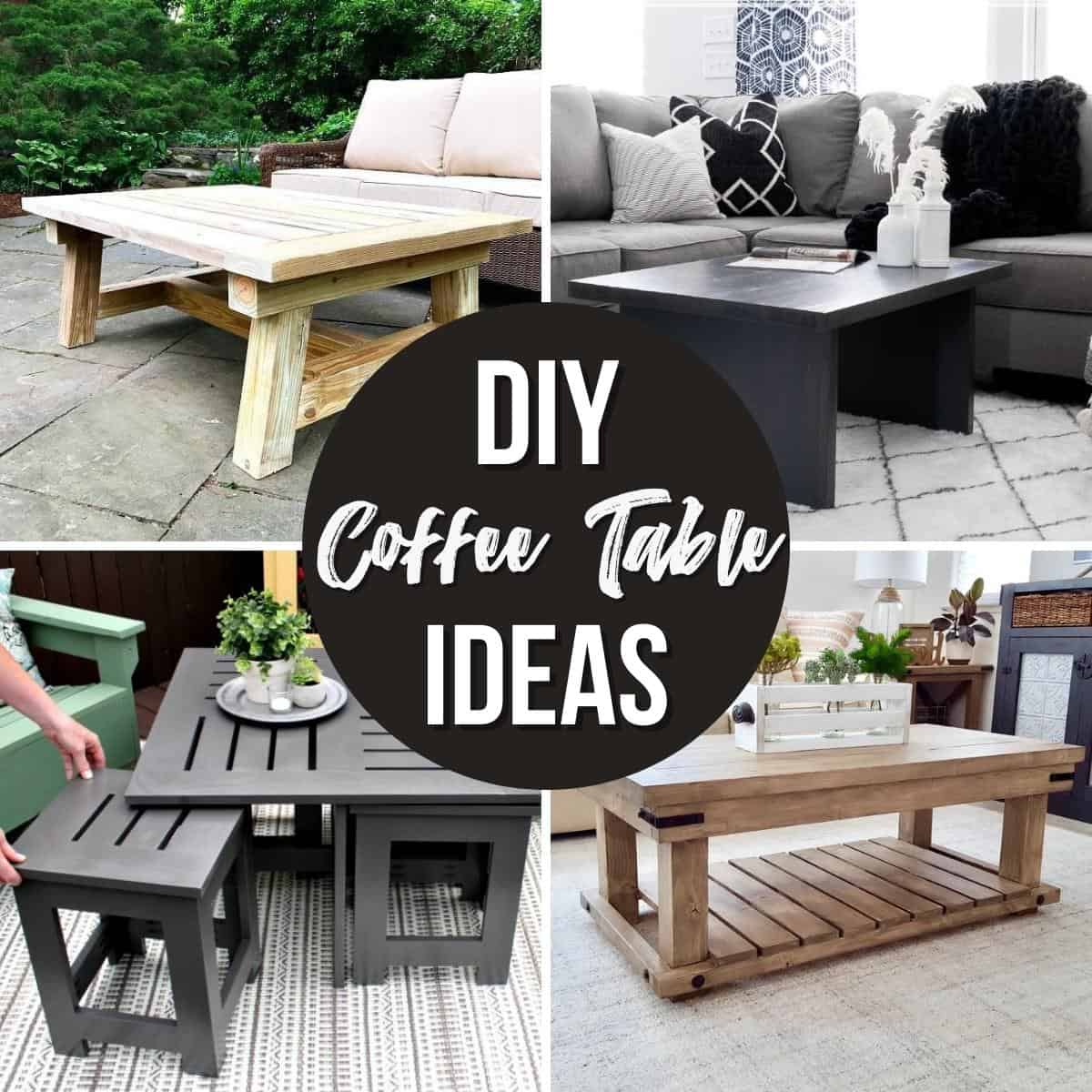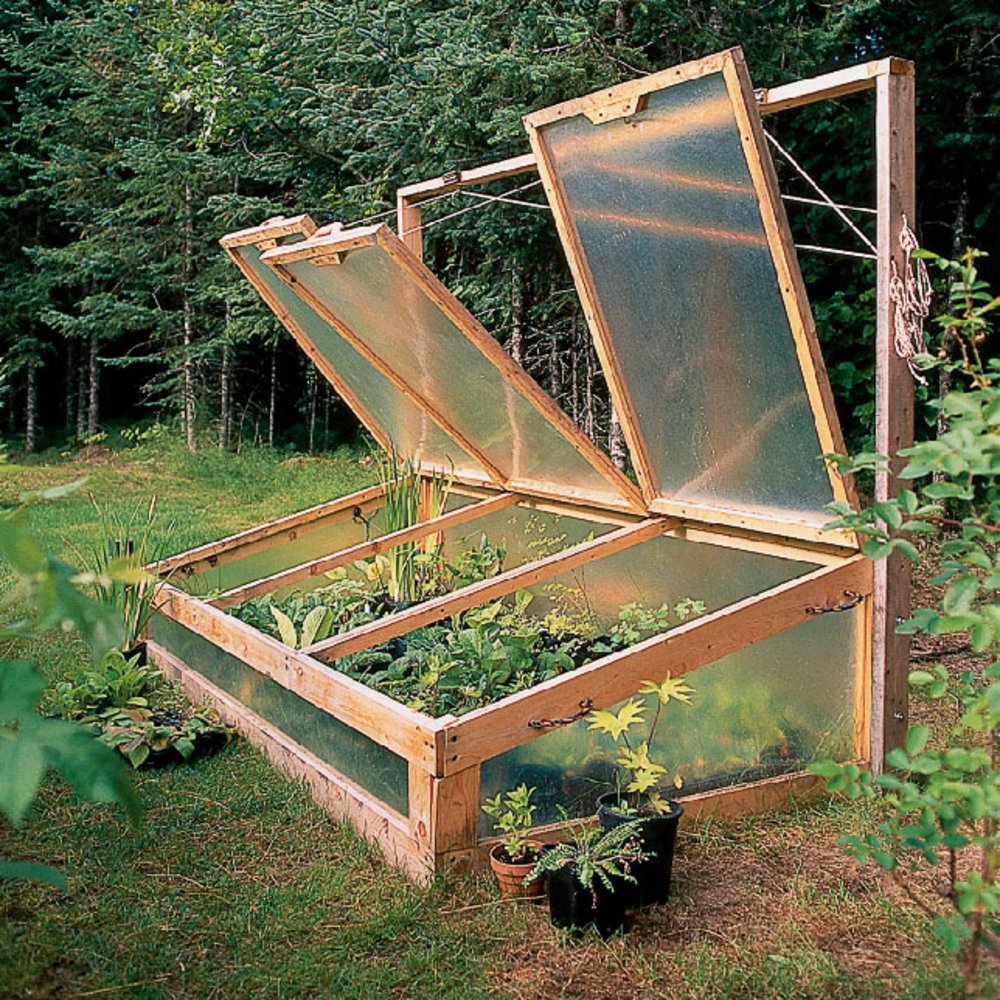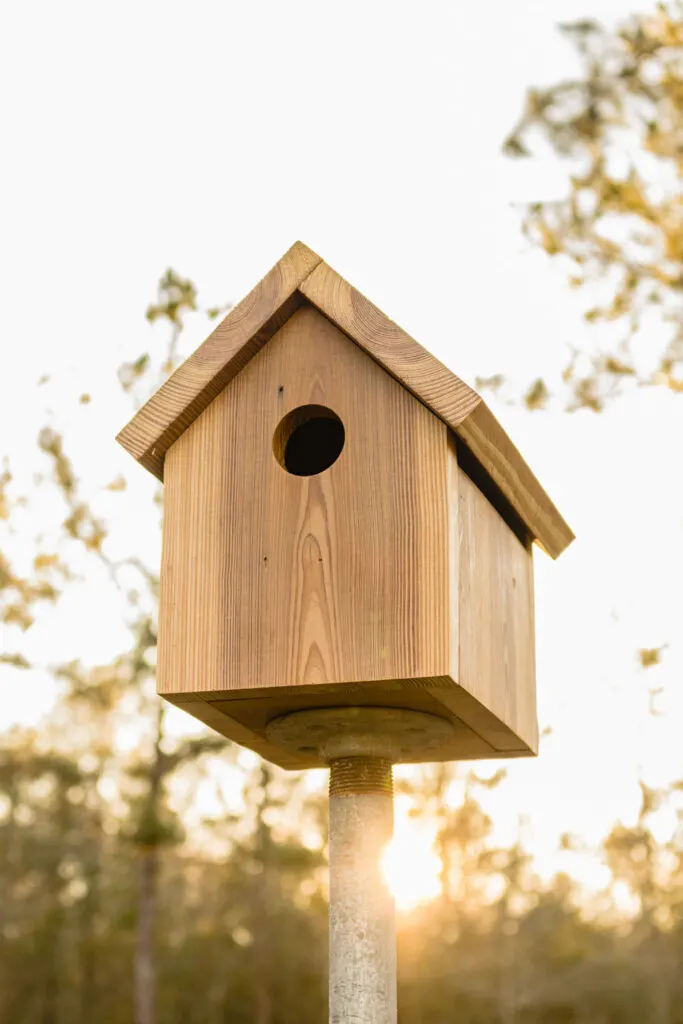
The Best Woodworking Projects for Dado Joints: A Guide for Beginners
Hey there, woodworking enthusiasts! Ready to step up your game and impress with your craftsmanship? Then it's time to dive into the world of dado joints. These sturdy, concealed joints are like the secret sauce of woodworking, adding strength and a touch of elegance to your projects. But, where do you even start? Don't worry, we've got you covered. In this guide, we'll explore the best woodworking projects that highlight the beauty and practicality of dado joints. Get ready to unleash your inner woodworker!
Why Choose Dado Joints?
Before we jump into the projects, let's chat about why dado joints are so awesome. Picture this: you're building a sturdy shelf unit. You could just nail or screw the pieces together, but that might leave you with visible fasteners and a less-than-perfect finish. Enter the dado joint! This neat trick involves cutting a groove (the dado) into one piece of wood and fitting another piece snugly into it. The result? A super strong joint that's virtually invisible, leaving you with a clean, professional look.
Here's why dado joints are the go-to choice for many woodworkers:
- Strength and Stability: The snug fit of the dado joint creates a strong bond that can withstand significant weight and stress, perfect for shelves, cabinets, and furniture.
- Concealed Look: No more unsightly screws or nails! Dado joints create a seamless, professional finish that elevates the appearance of your project.
- Versatility: Dado joints can be used in a variety of projects, from simple picture frames to intricate furniture pieces. They're a versatile tool in any woodworker's arsenal.
- Accuracy: Dado joints require precise cuts, which helps you achieve a professional-looking result.
Now that we've got the "why" covered, let's dive into the exciting part - the projects!
Beginner-Friendly Dado Joint Projects:
For those new to the world of dado joints, here are a few projects that are perfect for getting started:
1. Picture Frame
Let's start simple! A picture frame is a great way to practice your dado joint skills. Cut four pieces of wood to create the frame, then use your dado blade to create grooves at the corners. These grooves will house the mitered edges of the frame, ensuring a tight and secure fit. Sand, stain, or paint your frame to your liking, and you've got a stylish and personalized display for your favorite photos.
2. Simple Shelf
Ready to level up? A simple shelf is a perfect next step. Cut two side pieces and a shelf board to your desired length and width. Use your dado blade to create grooves in the side pieces to hold the shelf board. Attach the sides to a back piece (optional) for stability. You've got a sturdy shelf that can hold all sorts of items.
3. Cutting Board
Bring your cooking game to the next level with a custom-made cutting board! Dado joints can be used to create the frame of the cutting board, ensuring a solid and durable surface. Remember to choose a wood that's food-safe and easy to maintain. Don't forget to add a handle for easy carrying.
Intermediate Dado Joint Projects:
Ready for a challenge? These intermediate projects will test your skills and leave you with some stunning pieces to showcase your woodworking prowess.
4. Coffee Table
A coffee table is a fantastic project to practice your dado joint skills. You can build a sturdy base using dado joints to connect the legs to the frame. The top can be made of a single piece of wood or a combination of smaller boards joined with dado joints. Get creative with the design and finish to create a coffee table that perfectly complements your living space.
5. Bookcase
A bookshelf is a perfect project for showcasing the strength and stability of dado joints. The shelves are supported by the side panels using dado joints, creating a sturdy structure that can hold even the heaviest tomes. You can customize the design by adding a back panel, doors, or decorative elements.
6. Desk
A desk is a project that's both functional and stylish, and dado joints are the perfect way to build a sturdy and durable base. You can use dado joints to connect the legs to the frame, and for the drawer runners. Choose the right wood and finish to create a desk that's both functional and visually appealing.Advanced Dado Joint Projects:
Ready to push your woodworking skills to the limit? These advanced projects are for the seasoned woodworker and require a high level of precision and attention to detail.
7. Cabinetry
Cabinets are a testament to the power of dado joints. These joints are essential for creating the strong, durable structure needed for cabinets. Dado joints are used for joining the sides, shelves, and drawers, ensuring a smooth and professional finish.
8. Furniture with Intricate Details
For a truly impressive woodworking project, try your hand at furniture with intricate details. Dado joints are often used for creating intricate joinery that adds a unique and elegant touch. Think about creating a hand-crafted chest, a unique coffee table, or even a vintage-style armoire.
9. Custom Staircase
Ready for a truly ambitious project? Building a custom staircase is a perfect opportunity to show off your dado joint skills. Dado joints are used for connecting the stringers (side support beams) to the treads (steps) and risers (vertical supports), creating a stable and elegant structure.
Tips for Success with Dado Joints
Ready to start building? Here are a few tips to ensure your success:
- Use a Dado Blade: A dado blade is essential for cutting dados. It's a special type of saw blade that's wider than a standard blade, allowing you to cut a groove of the desired width and depth.
- Measure Twice, Cut Once: Precision is key! Measure carefully and mark your cuts before making them. A slight error can throw off the entire project.
- Start Slowly: Start with simple projects to get a feel for dado joints before tackling more complex projects. Practice makes perfect!
- Use a Fence: A fence helps ensure your dado cuts are straight and consistent.
- Take Breaks: Woodworking can be demanding, so take breaks when you need them. A fresh mind will help you avoid mistakes.
Commonly Asked Questions About Dado Joints
Q: What kind of wood should I use for dado joints?
A: For dado joints, hardwood is a great choice, as it offers good strength and durability. Some popular hardwoods for woodworking include oak, maple, cherry, and walnut. However, you can also use softwoods like pine or fir, especially for projects that don't require extreme strength.
Q: What are the benefits of using dado joints?
A: Dado joints are prized for their strength, stability, and concealed appearance. They provide a strong and durable bond that can withstand significant weight and stress. The fact that they're hidden creates a seamless, professional finish.
Q: Are dado joints difficult to make?
A: While they do require precision and accuracy, dado joints aren't inherently difficult. Start with simple projects to practice and gradually work your way up to more complex ones. With a little practice, you'll be a dado joint pro in no time!
Now that you've got the inside scoop on dado joints and some amazing project ideas, it's time to get your woodworking tools ready and unleash your creativity! Happy building!















